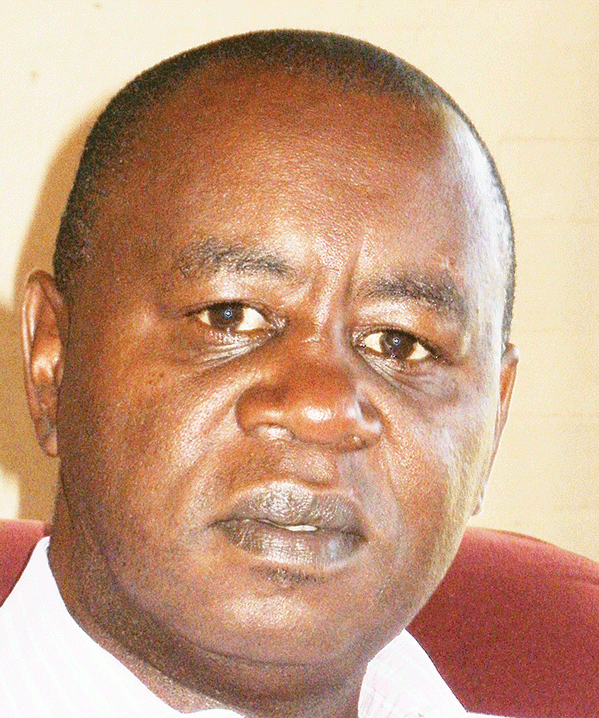
BY Vince Musewe “LEAVING so many behind; the link between politics and economics” is a book authored by economist Godfrey Kanyenze which articulates the interconnectedness of politics and economic policy since independence in 1980. It gives what I think is a factual, historical and honest perspective of how our economy has been bedevilled by lack of traction on the economic front despite the 17 economic blueprints since 1980.
The book looks at political economic dynamics and developments in the first decade of independence 1980 to 1990; the Esap period from 1991 to 1996; the lost decade of development from 1997 to 2008; the period of the Government of National Unity (GNU) from 2009 to 2013; post GNU period under Mugabe from 2013 to 2017; and the post Mugabe period from 2017 to 2020.
I will be looking at each of the six periods up to 2020 and summarise key issues and patterns as identified by the author in the book.
Persistent economic crises since 1980 demonstrate that somehow, we have failed over the years to create inclusive economic growth and development by fundamentally transforming and restructuring our economy from a dual enclave economy inherited from the Rhodesian era despite the myriad (17) blueprints and claims by politicians of economic progress.
I would certainly recommend this book for economics students, academics and policymakers in order for them to have a deeper understanding of our economic history, why we are where we are now and what went wrong. It is clear to me that our problems are not due to lack of ideas or resources, but sheer mismanagement and too much focus on the politics and political interests which has narrowed the leadership paradigm.
The first decade of independence 1980 to 1990
No doubt that all of us had huge expectations in 1980 and the first decade in retrospect was the best of times economically. Arguments still remain that this was more as a result of the independence euphoria momentum than effective leadership and management. In retrospect that view could be correct.
Zimbabwe inherited a dual economy which was designed to the benefit the white minority. It, however, was the second most industrialised country in Africa and a net exporter of food. An interesting fact is that at independence 20% of the black population was employed in the formal sector with the remainders stuck either in the informal sector or the communal sector. The reality today is that this situation has gotten worse as less than 20% of our population today is employed in the formal sector.
- Chamisa under fire over US$120K donation
- Mavhunga puts DeMbare into Chibuku quarterfinals
- Pension funds bet on Cabora Bassa oilfields
- Councils defy govt fire tender directive
Keep Reading
At independence, agriculture, mining and manufacturing together accounted for almost half of GDP and 55% of formal employment. Manufacturing alone contributed 25% to GDP and agriculture 12,2%. Local industry produced 7 000 different products due to the successful UDI import substitution strategies.
Zimbabwe also had a broad export base with agriculture accounting for 41% of export earnings followed by manufacturing at 32% and mining at 27%. That is impressive, indeed, and we shall see how we have regressed over time.
Despite its socialist rhetoric, the new government at independence maintained the capitalist thrust of the economy and took an interventionist redistributive strategy with increased expenditures in education, health and social services.
In February 1981 Zimbabwe launched its first post-independence policy — Growth with Equity. Its key priorities included the deep desire to address inherited inequities. It sought to implement policies which were based on socialist, egalitarian and democratic principles buttressed by rapid economic growth full employment, price stability and dynamic efficiency in the allocation of resources. Popular democratic participation in the ownership and management of national resources was the stated objective. An objective never met and still outstanding 42 years later.
From 1982 the country was faced with a deteriorating balance of payments position and an increasing budget deficit and the Zimbabwe dollar was devalued by 20% as government sought to stabilise the economy, increase exports and slow down imports. Two consecutive droughts from 1982 to 1984, falling export revenues and led to a recession with a GDP of 0,8% against a target of 8%. Industry capacity utilisation was down at 75% and deteriorated to 62% by 1987 mainly due foreign exchange shortages. Sounds familiar?
Although there was reasonable growth from 1986 to 1990 averaging 4,6% most of it was jobless growth. Weak export performance, low levels of savings an investment, foreign exchange shortages an unsustainable budget deficit and high debt levels indicated the need for fundamental policy shifts.
While government adopted redistributive approach to both incomes, opportunity and land this was soon abandoned following recession and drought in 1982 and a stabilisation approach was adopted instead.
Land reform was a major grievance and cause of the war and the post-independence thrust was to try and create equity in land allocation by promoting small-holder farmers and providing them with the necessary resources.
The plan was to resettle 162 000 families on 10 million hectares but by 1989 a mere 52 000 families had been resettled on 3,1 million hectares. Agricultural production increased significantly at 4% per annum up to 1987 as the contribution of small-holder farmers increased. Total maize production doubled in 1987 and the share of crop sales also increased significantly. Cotton production by small-holder farmers also increased significantly contributing up to 50% of total output by 1987 up from 10% in 1980.
Unfortunately this success was short-lived because the costs were just too high and the land resettlement agenda lost its steam. Land redistribution slowdown resulted from increasing land prices and lack of political pressure and by the end of the first decade less than 20% of land controlled by commercial farmers at independence had been redistributed.
In 1991 government abandoned its interventionist approach and embraced Esap, an orthodox market-driven approach. Its key objectives included achieving a GDP growth of 5% from 1991 to 1995, raising savings to 25% of GDP, raising investment to 25% of GDP, achieving export growth of 9% per annum, reducing budget deficit to 5% of GDP, and inflation from 17,75 to 10% by 1995.
Esap is a subject matter that has been widely covered. It was a huge failure which led to serious de-industrialisation and high unemployment levels. This will be the subject matter of my next instalment.
The fact of the matter is that whatever policies that were adopted in the first decade of independence did not create structural transformation or sustainability. They fizzled out and new policies were adopted without seeing things through. This has remained an albatross on our economy — the failure to fully implement and evaluate the effectiveness of an economic policy. To this day we suffer from this desease.
- Vince Musewe is an economist and you can contact him on [email protected]











